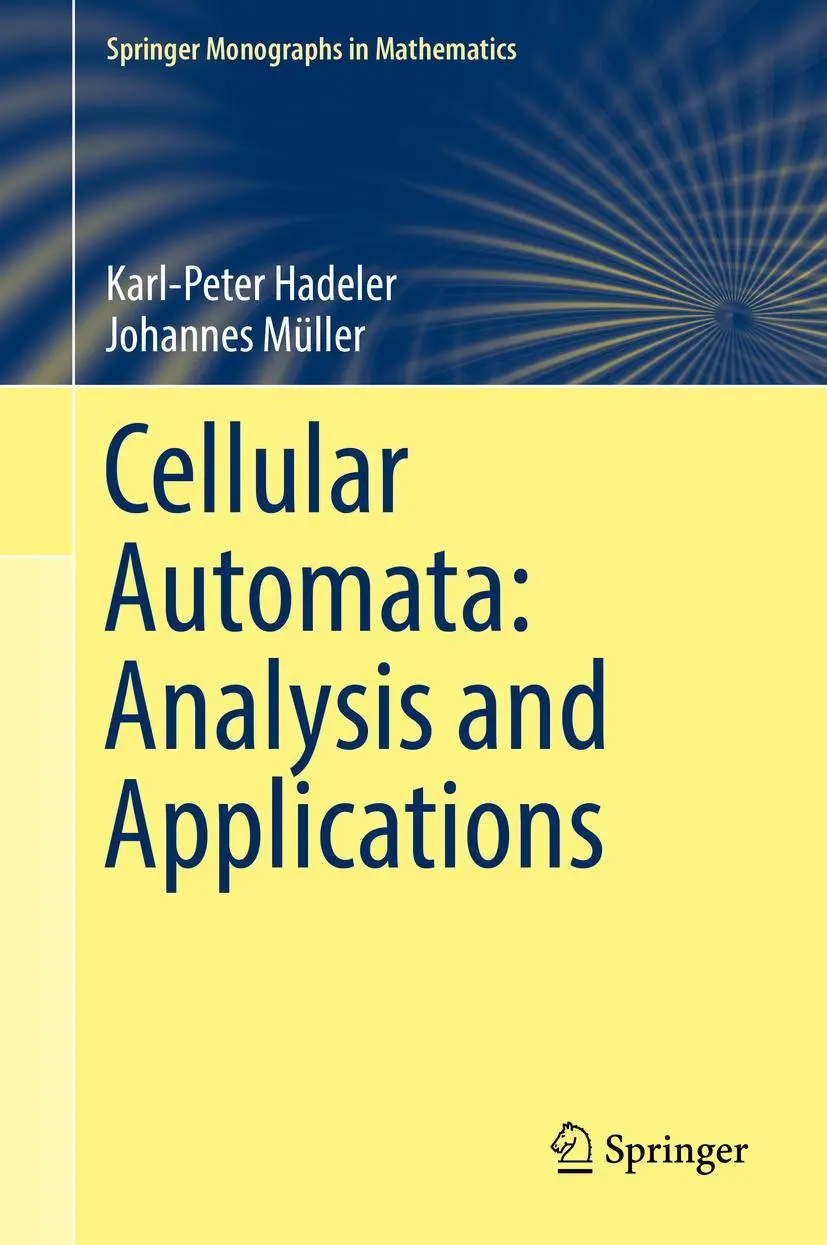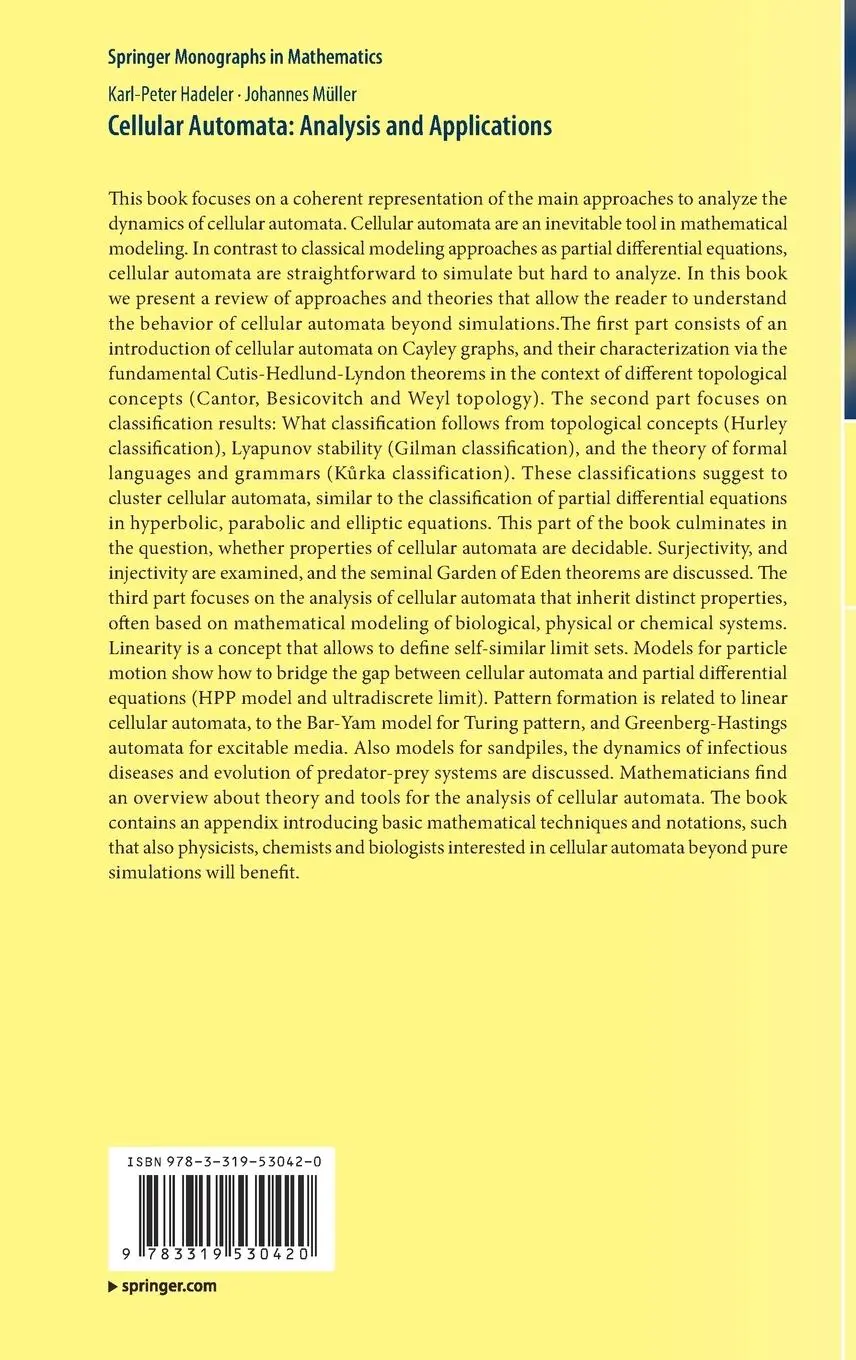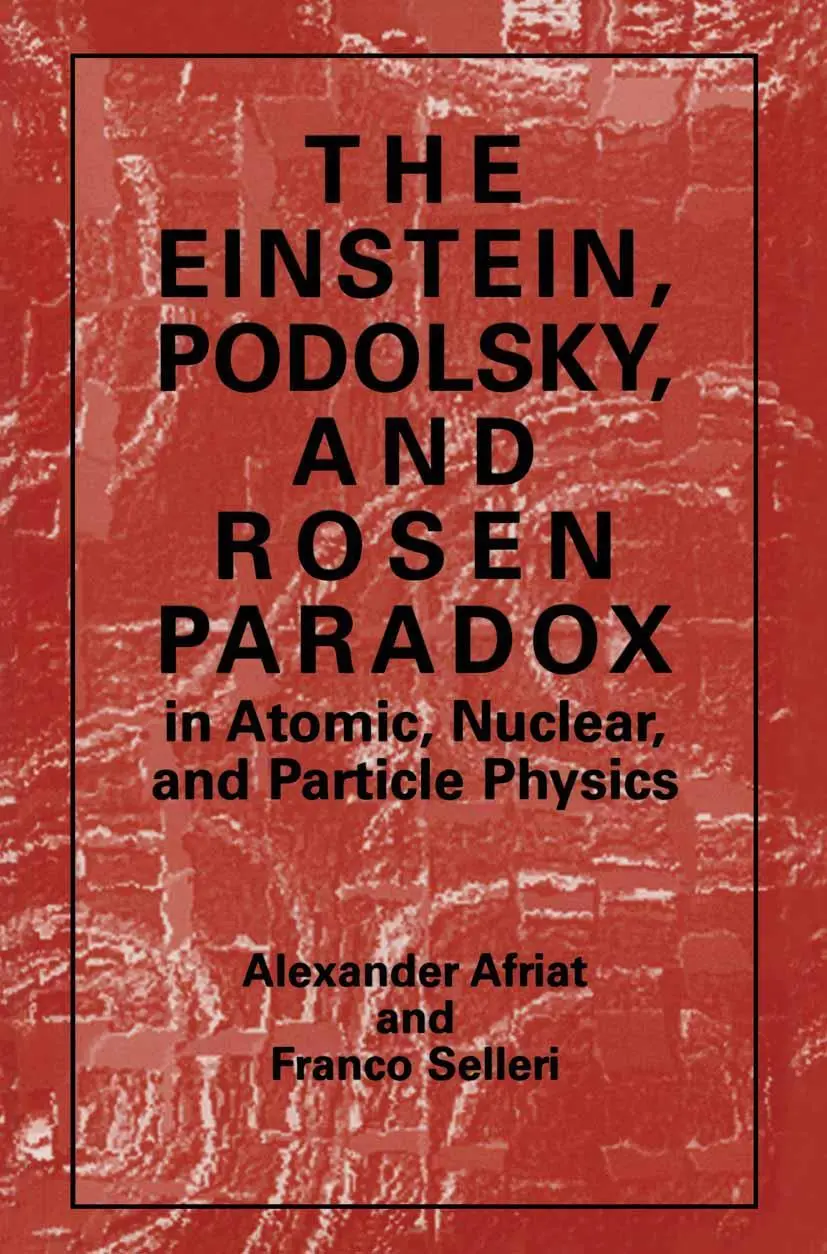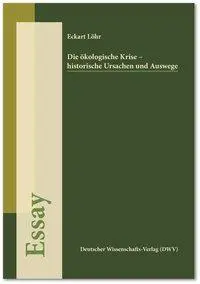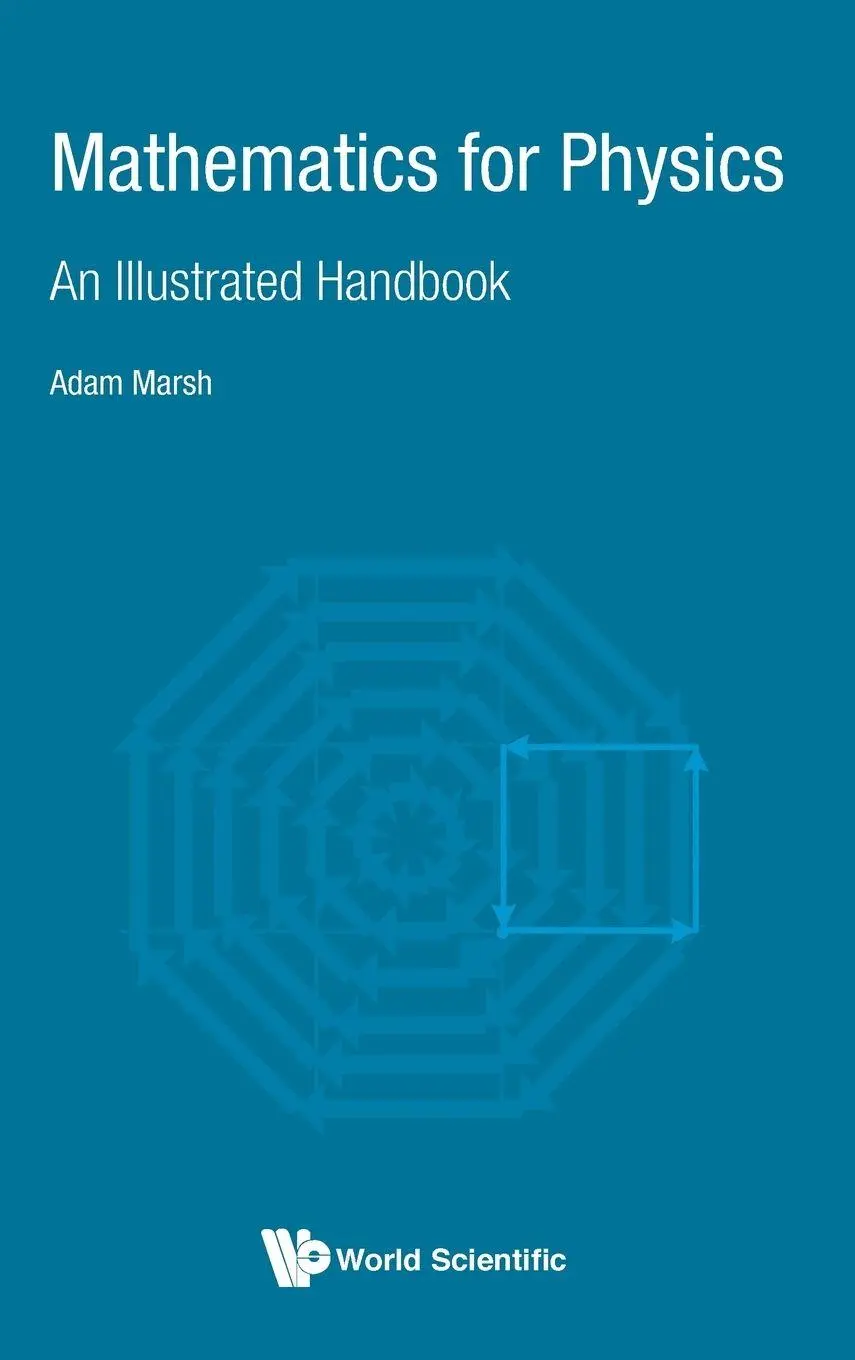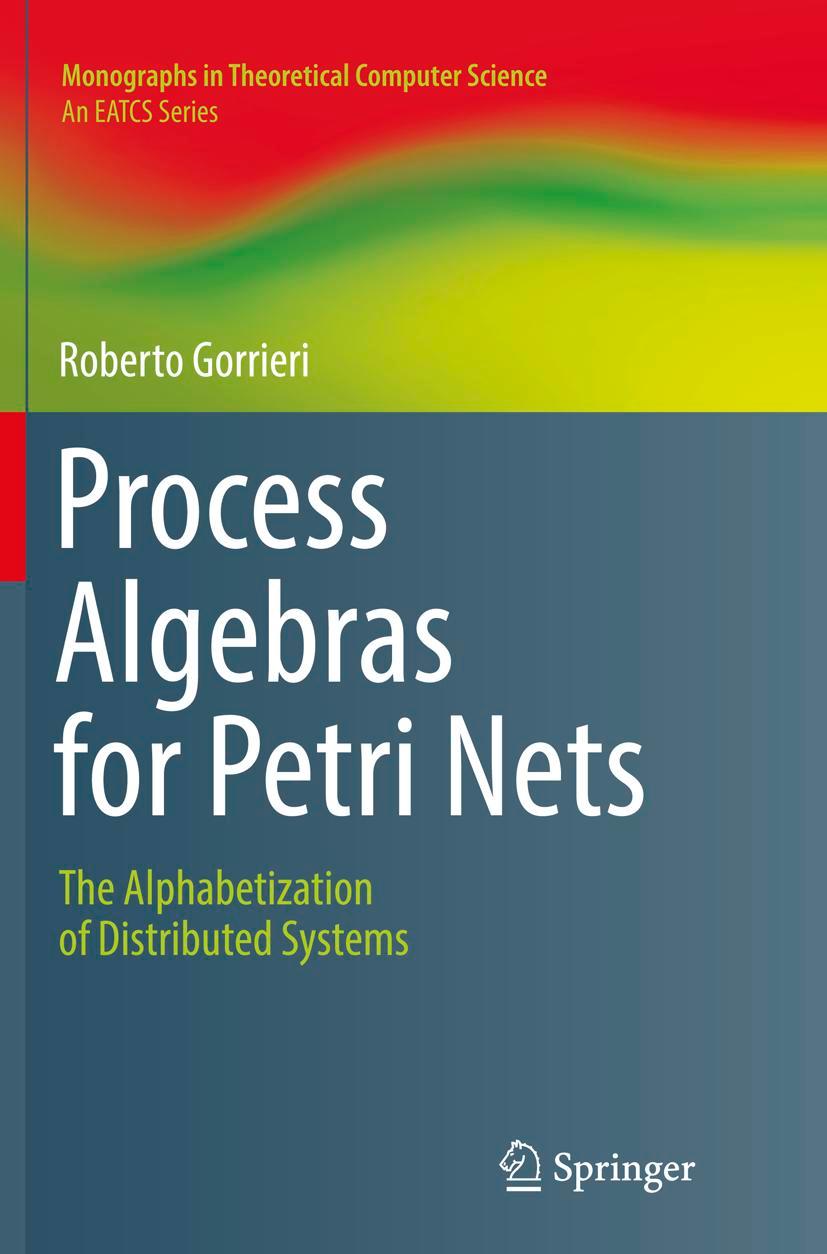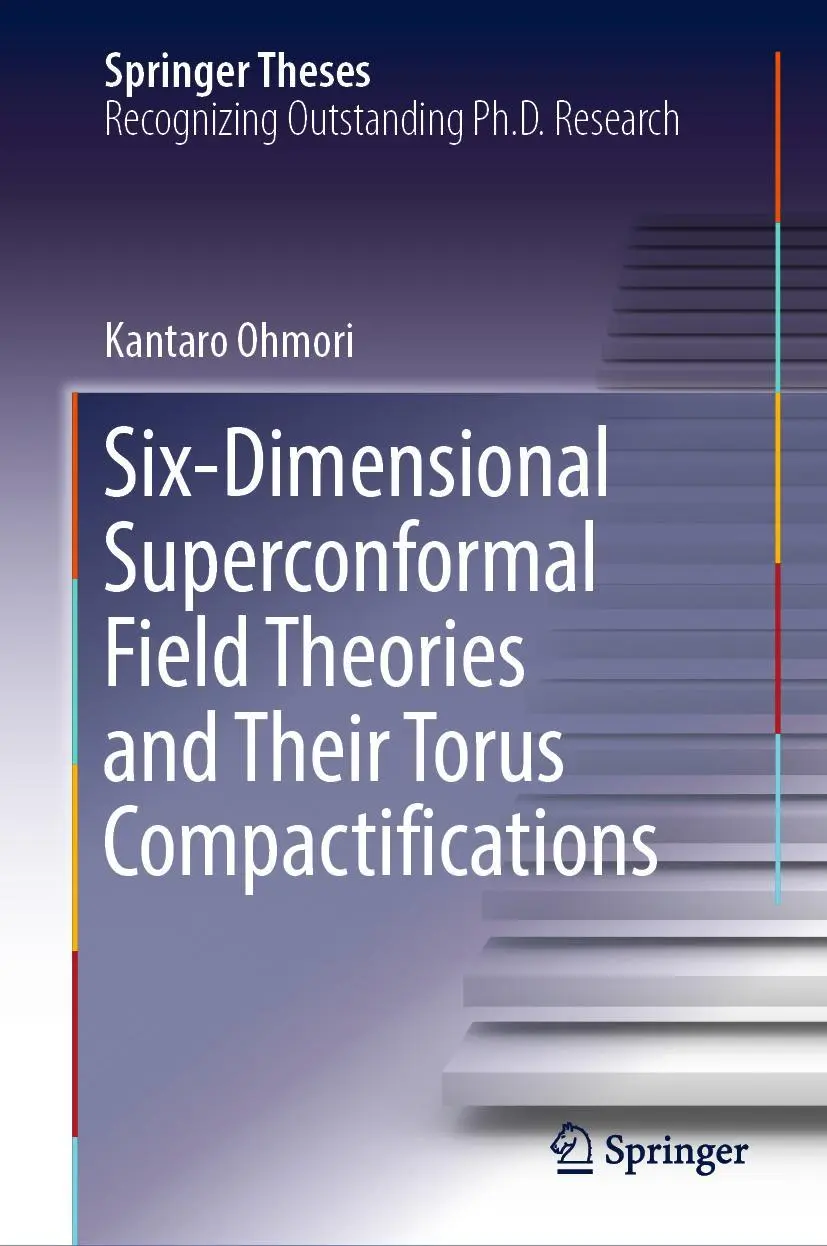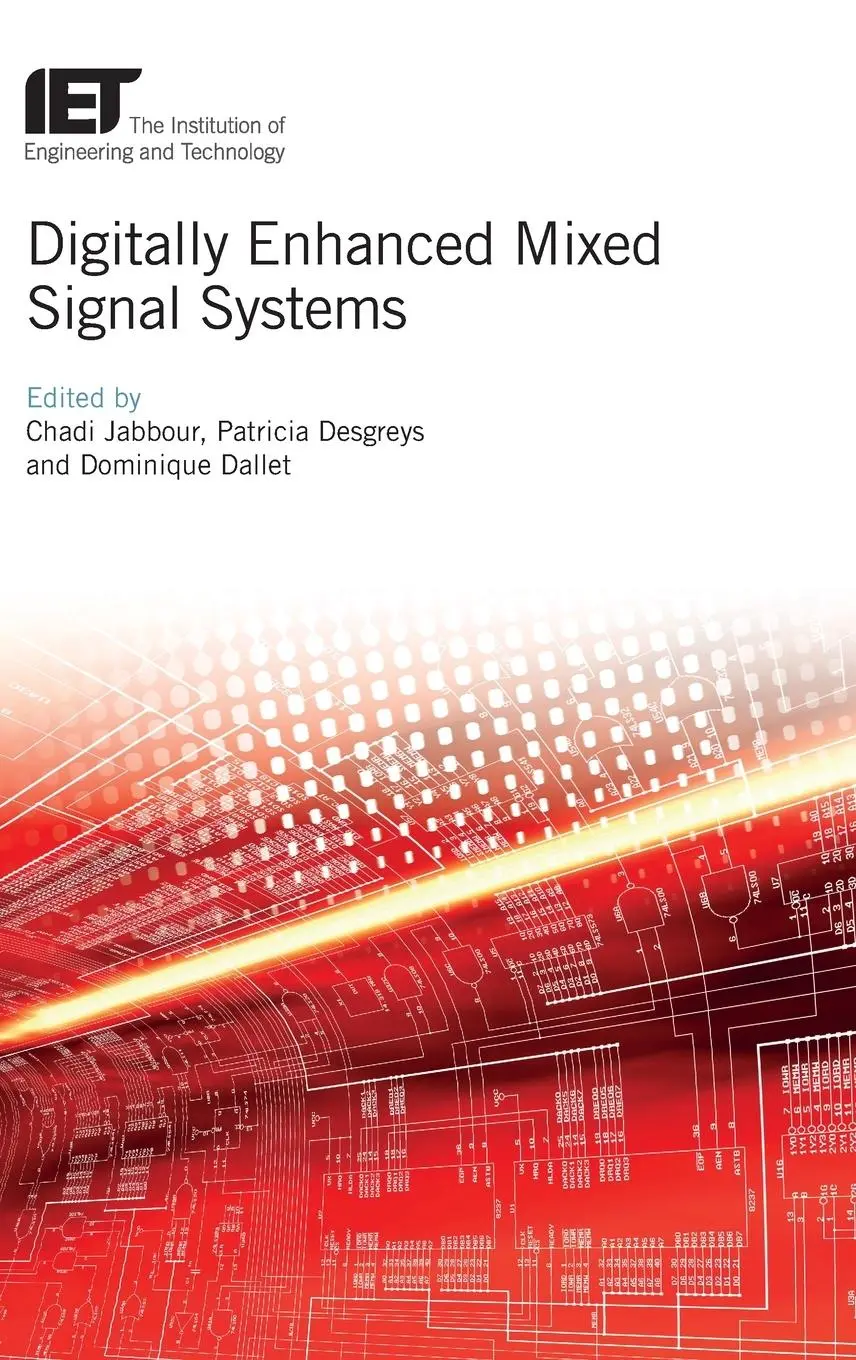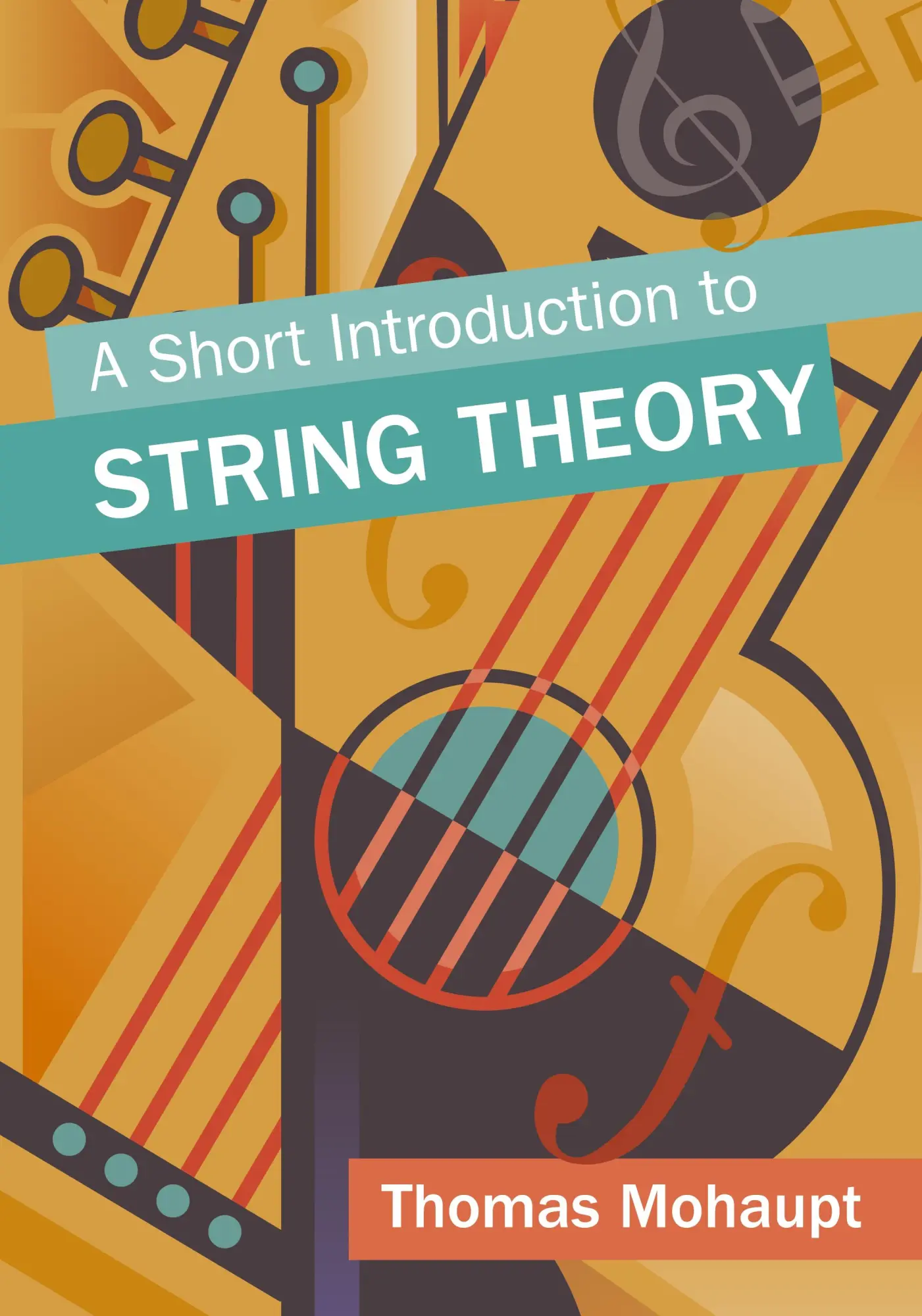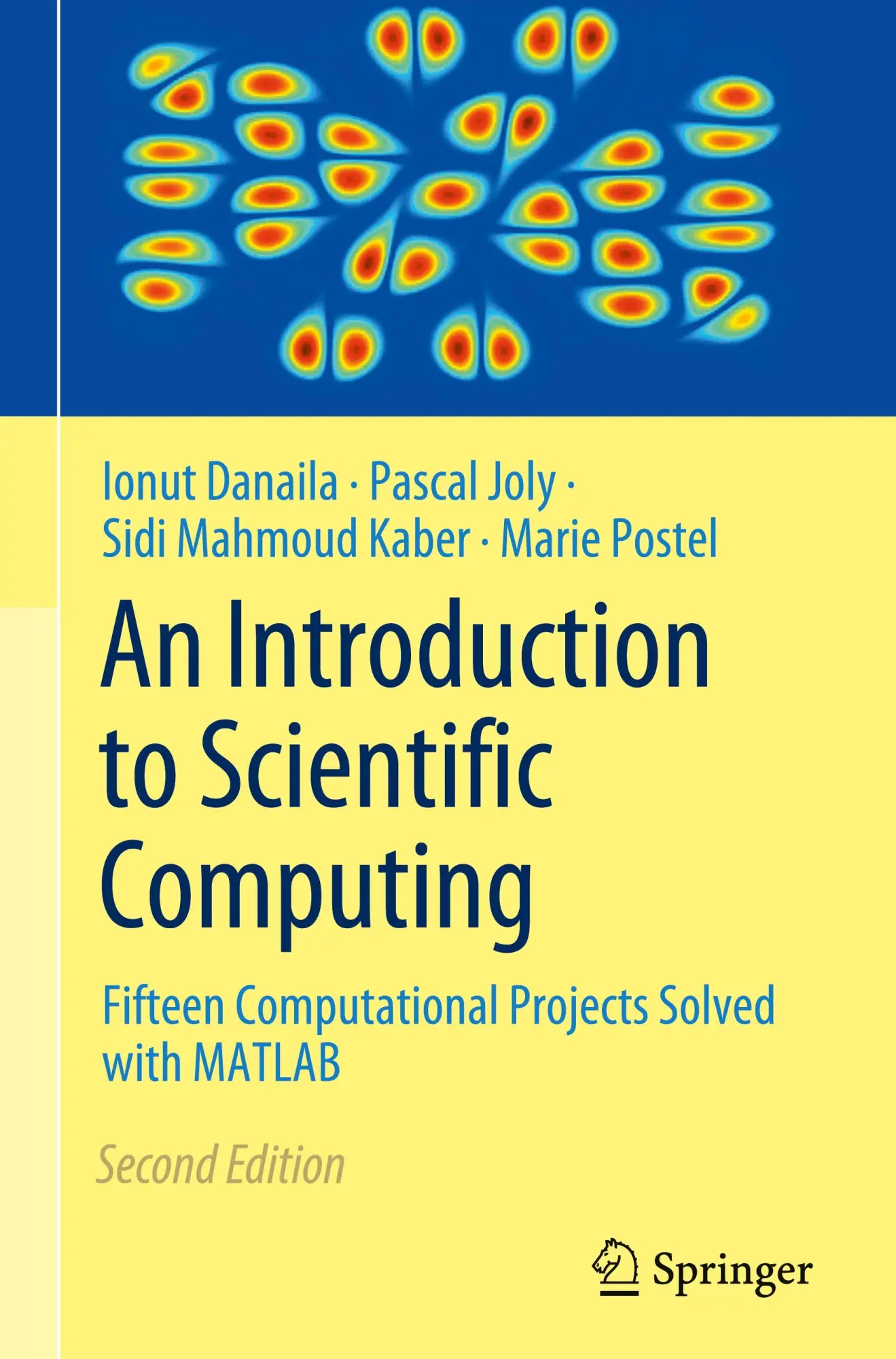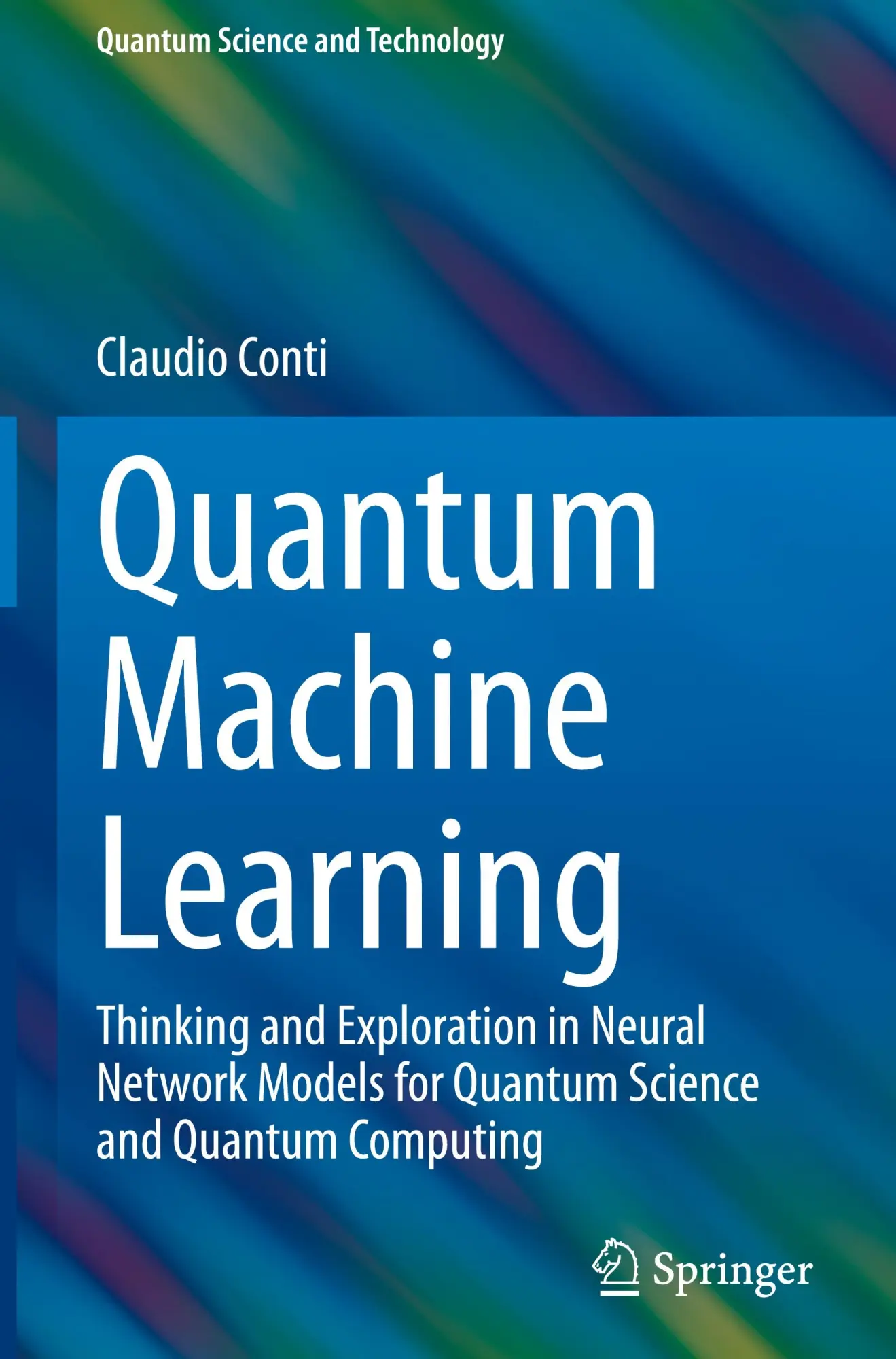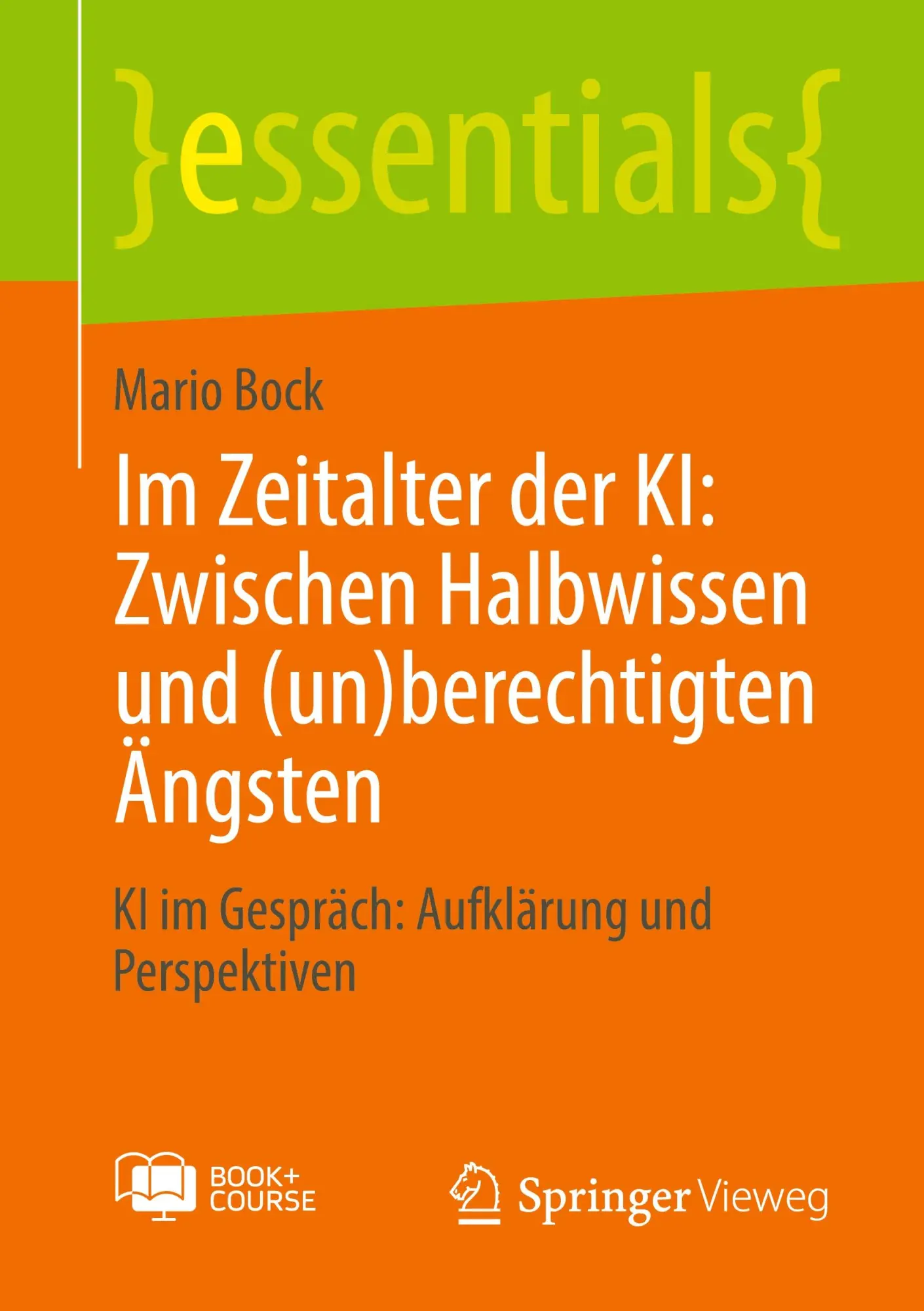117,95 €
UVP 139,09 €
Versandkostenfrei per Post / DHL
Lieferzeit 1-2 Wochen
Karl Peter Hadeler, [...].nat. 1965 (U. of Hamburg), Habilitation 1967 (U. of Hamburg). In 1963/1964 visiting Moscow State University (MGU), 1968/1969 Visiting Associate Professor,U. of Minnesota. 1970 Associate Professor, Technical Department, U. of Erlangen. 1971 Professor of Mathematics, U. of Tübingen. Retired 2005, then 2005-2011 Non-permanent Professor, Arizona State University. Visiting Professor Aarhus, Nijmegen, Georgia Tech, Emory. 2009 John von Neumann Professorship, Technical University of Munich. Member of Center of Excellence (DFG/German NSF). Research interests: Ordinary and partial differential equations (reaction diffusion equations), delay equations, matrix theory, mathematical biology. Since 2011 about ten publications in mathematics.
Johannes Müller studied in Karlsruhe and Tübingen, where he did his habilitation in 2001. After stays in Utrecht and Cologne, he became head of a research group in the Institute for Biomathematics and Biometry in the Helmholtz Center, Munich. Since 2004 he is teaching as a professor at the Technische Universität München. The research interests of Johannes Müller is on the interface of mathematics and life sciences. In particular his research is concerned with the theory of dynamical systems, cellular automata, and stochastic processes respectively their application.Contains a coherent representation of the main approaches to analyze the dynamics of cellular automata
Emphasizes classification strategies and methods that allow a rigorous analysis and precise understanding of their long term dynamics
Provides basic information to make the book accessible also to physicists, chemists and biologists
1.Introduction.- 2.Cellular automata - basic definitions.- 3.Cantor topology of cellular automata.- 4.Besicovitch and Weyl topologies.- 5 Attractors.- 6 Chaos and Lyapunov stability.- 7 Language classification of K¿rka.- 8.Turing machines, tiles, and computability.- 9 Surjectivity and injectivity of global maps.- 10.Linear Cellular Automata.- 11 Particle motion.- 12.- Pattern formation.- 13.Applications in various areas.- [...] mathematical tools.
| Erscheinungsjahr: | 2017 |
|---|---|
| Fachbereich: | Analysis |
| Genre: | Mathematik, Medizin, Naturwissenschaften, Technik |
| Rubrik: | Naturwissenschaften & Technik |
| Medium: | Buch |
| Inhalt: |
xi
467 S. 75 s/w Illustr. 3 farbige Illustr. 467 p. 78 illus. 3 illus. in color. |
| ISBN-13: | 9783319530420 |
| ISBN-10: | 3319530429 |
| Sprache: | Englisch |
| Einband: | Gebunden |
| Autor: |
Müller, Johannes
Hadeler, Karl-Peter |
| Auflage: | 1st edition 2017 |
| Hersteller: | Springer International Publishing |
| Verantwortliche Person für die EU: | Springer Verlag GmbH, Tiergartenstr. 17, D-69121 Heidelberg, juergen.hartmann@springer.com |
| Maße: | 241 x 160 x 32 mm |
| Von/Mit: | Johannes Müller (u. a.) |
| Erscheinungsdatum: | 15.06.2017 |
| Gewicht: | 0,881 kg |

